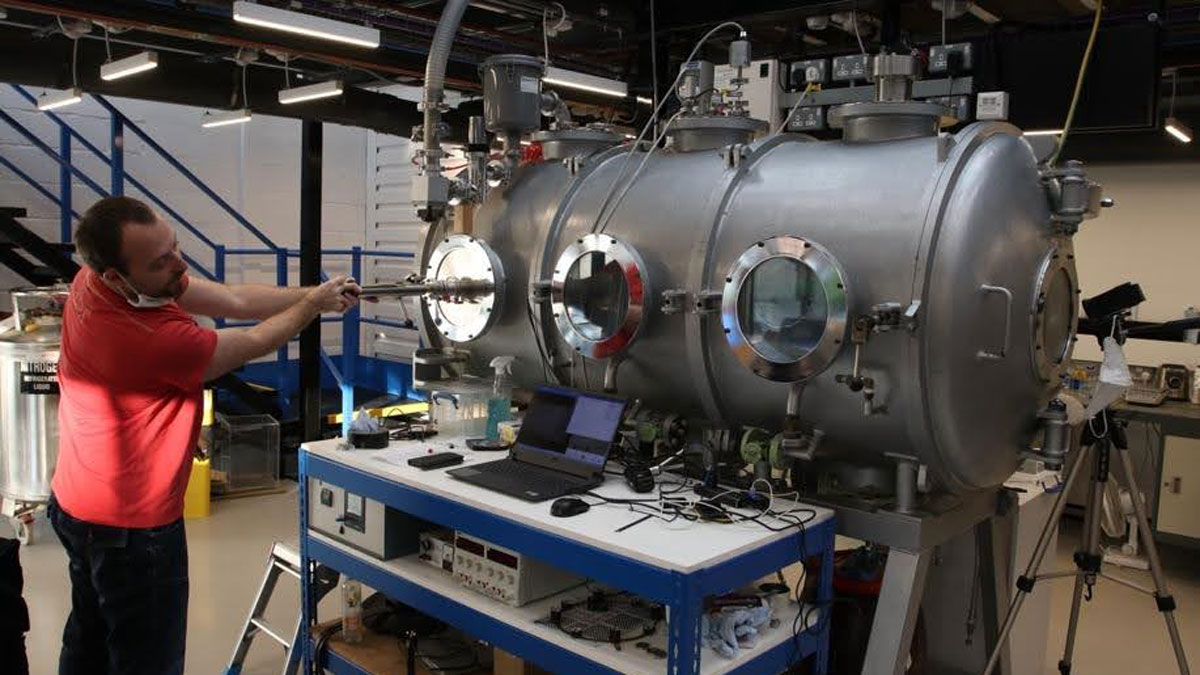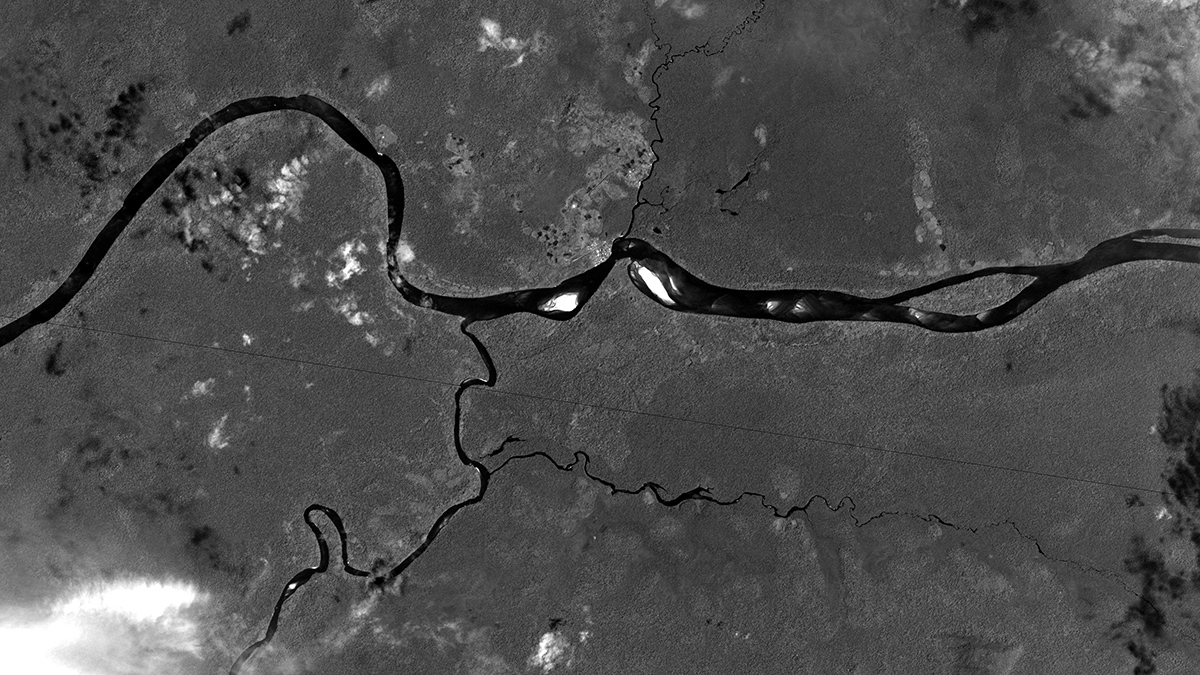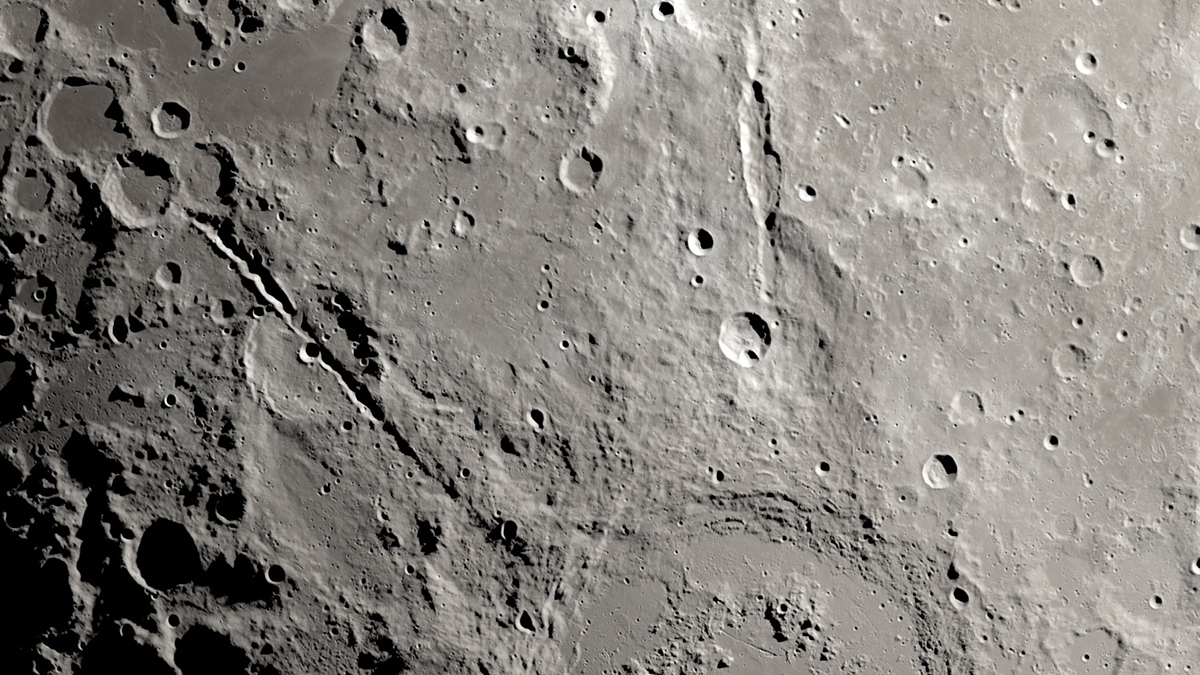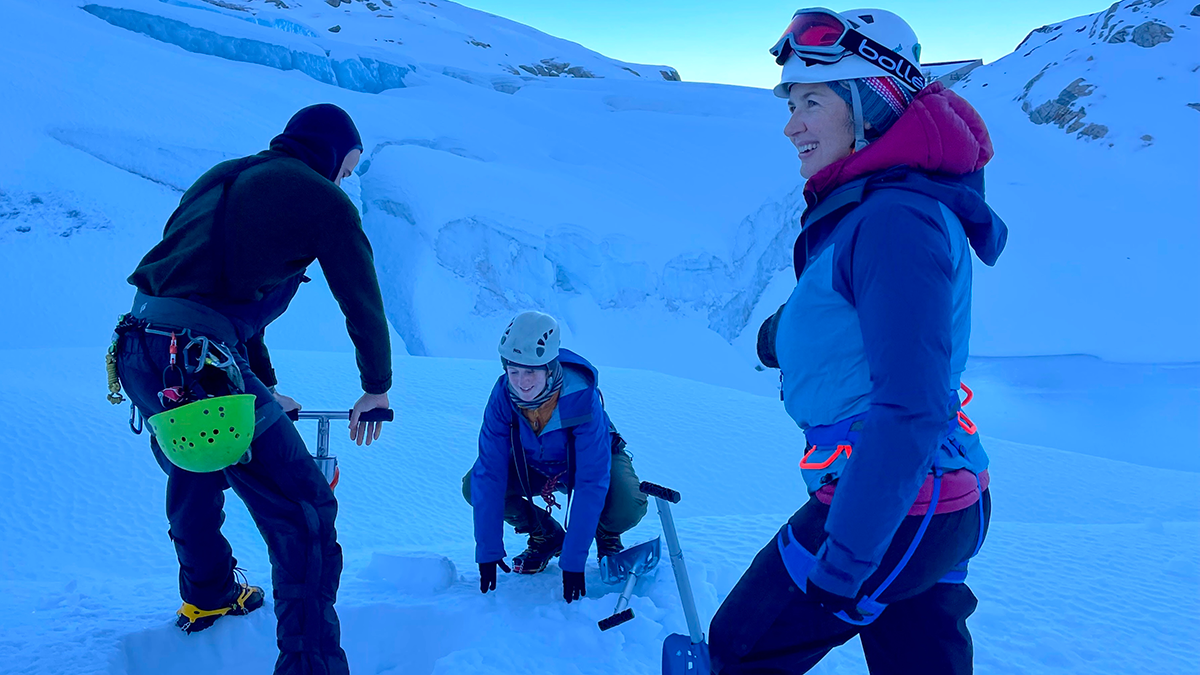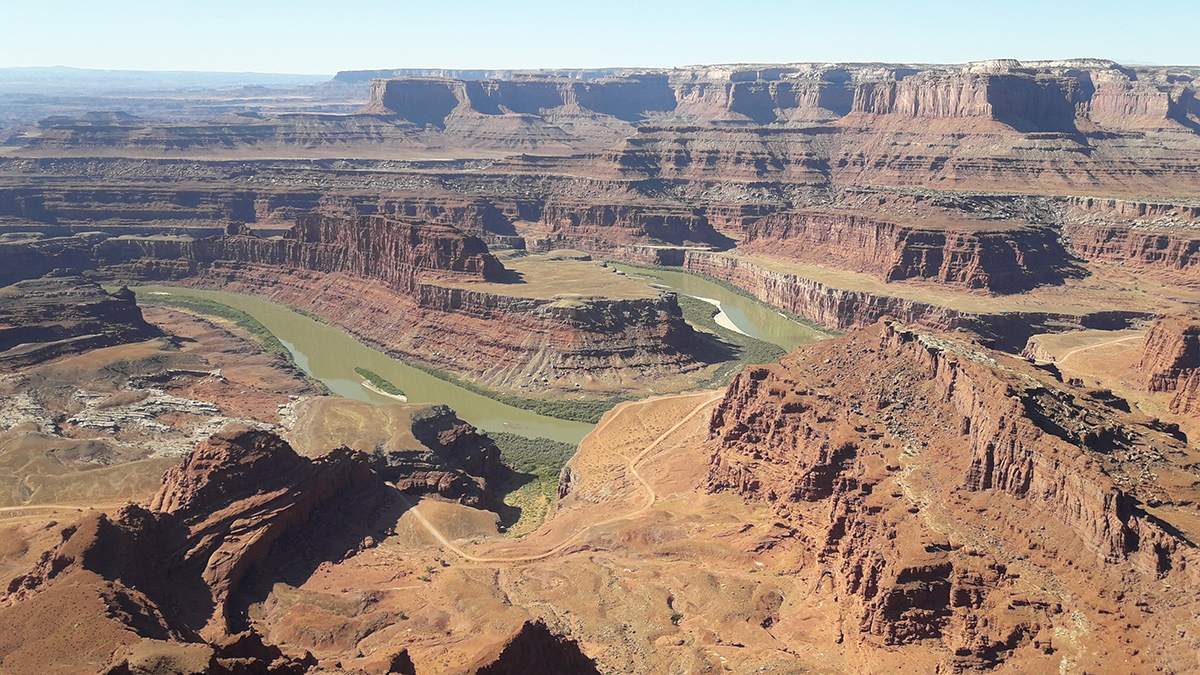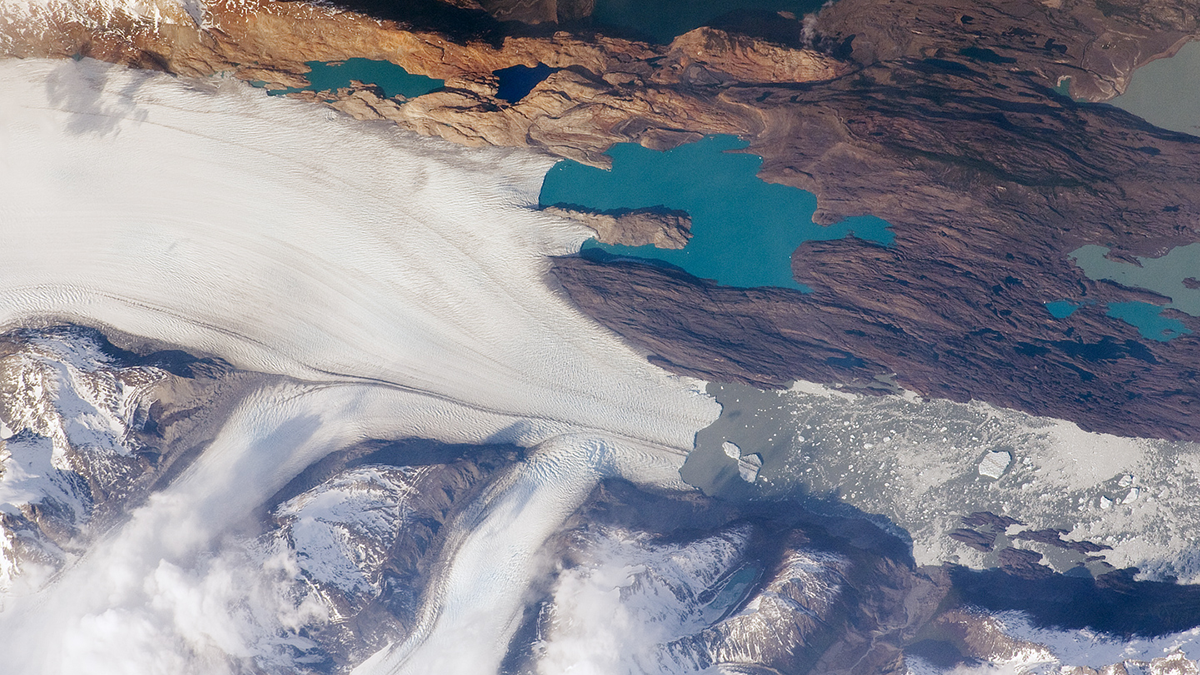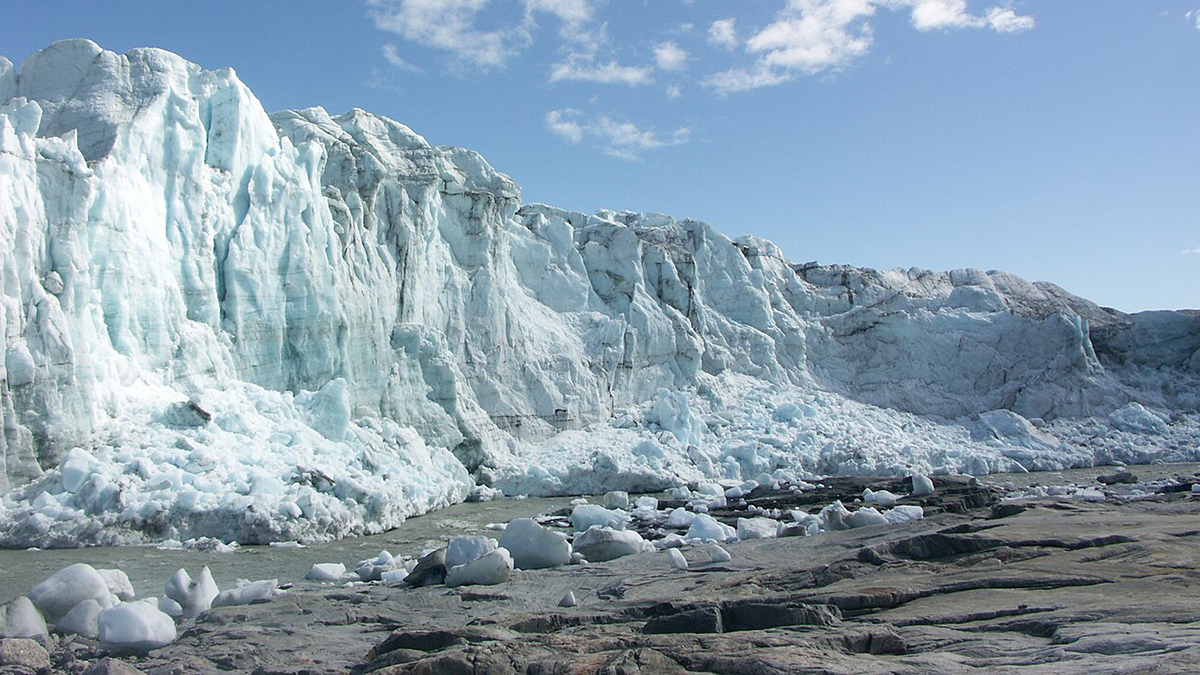Mars probably has mud volcanoes, and salt might be the ingredient that keeps the flow going.
geomorphology
The Rivers That Science Says Shouldn’t Exist
At first glance, these waterways make no sense. A new review article details why they are the way they are.
Impact Spewed Debris Away from the Moon’s South Pole
Two valleys extending away from a giant crater suggest that upcoming Artemis missions are more likely to sample ancient lunar terrain than impactor material.
Researchers Put a Number on Animals’ Earth-Shaping Effects
Wild animals expend 76,000 gigajoules of energy—the equivalent of hundreds of thousands of monsoons or floods—shaping our planet’s terrestrial and freshwater ecosystems.
Introducing the New EIC of JGR: Earth Surface
Learn about the person taking the helm of JGR: Earth Surface and their vision for the coming years.
How Rivers Carved the Canyons of the Central Colorado Plateau
A new study offers insights into a puzzling piece of the geological history of the Grand Canyon and surrounding regions.
The Pulsed Pace of Glacial Erosion
New data from Lago Argentino, Patagonia reveal that glacial erosion occurs in discrete pulses, which challenges previous ideas that erosion rates have increased over time due to climate change.
How to Build the World’s Highest Mountain
The rocks of Mount Everest’s peak made an epic journey from seafloor to summit.
Which Greenland Outlet Glaciers have Subglacial Channels?
A new study provides insights into where the channels that drain subglacial water from underneath the Greenland Ice Sheet are most likely located.
A Seychelles Shoreline Resists the Rising Seas
The geomorphology of a protected atoll likely contributed to its ability to maintain its shoreline over a turbulent half-century.

